Results
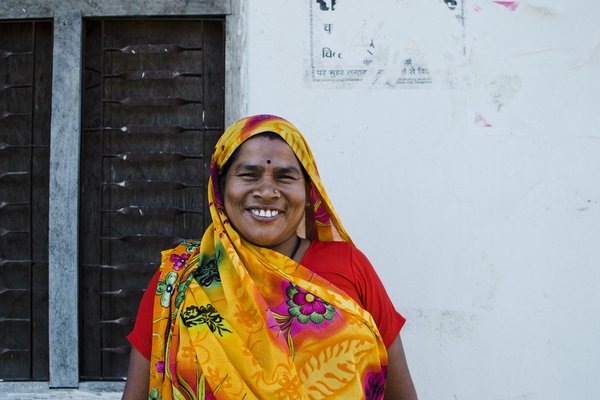
We believe we can end the transmission of the disease by 2035 and one of the crucial new tools to help us achieve this is PEP (Post-Exposure Prophylaxis).

Leprosy is the oldest disease in the world. Sadly, hundreds of thousands of people are still diagnosed with it ever year. We are now entering 2020 and I believe that, in the next 15 years, we will end transmission by 2035.
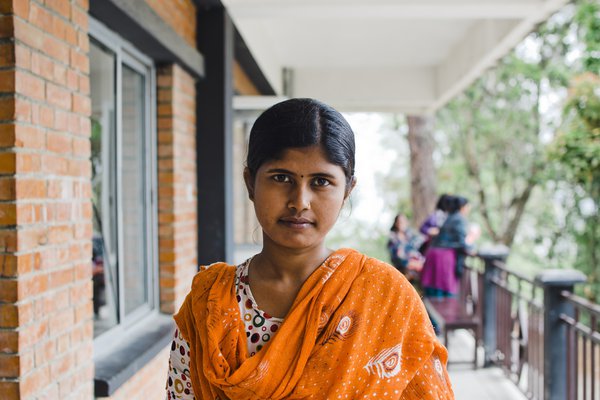
Are we still on course to achieve our goal of zero transmission by 2035? In short, yes.
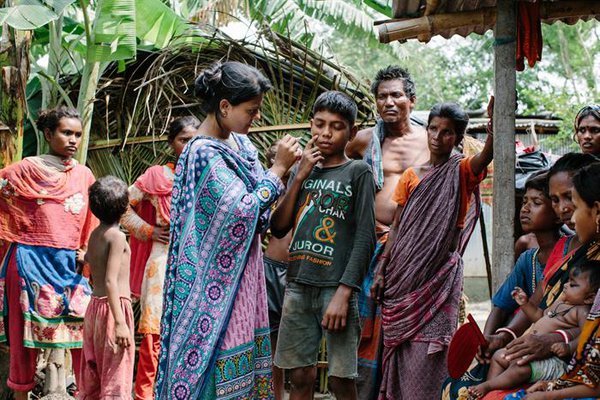
In recent months, we have heard plenty about how contact tracing is a key weapon in the fight to bring an end to the Covid-19 pandemic. The same is true for leprosy,.
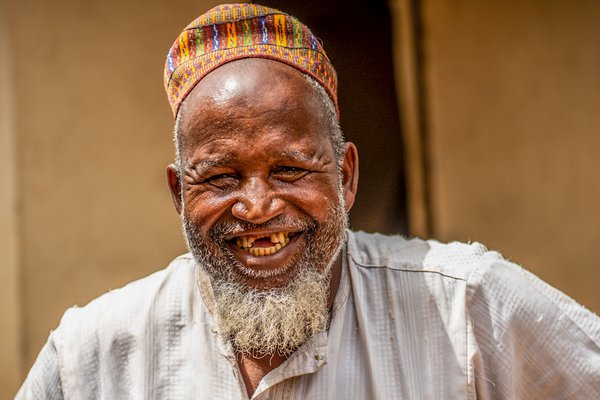
After thousands of years of the disease ruining lives, we are now on the edge of defeating leprosy. Here are three reasons we believe we can, with the right resources, end the transmission of leprosy by 2035.
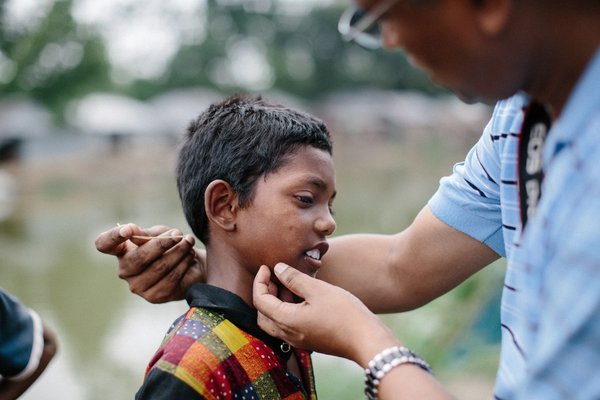
A look at research which reveals the extent to which household contacts are at risk of developing leprosy
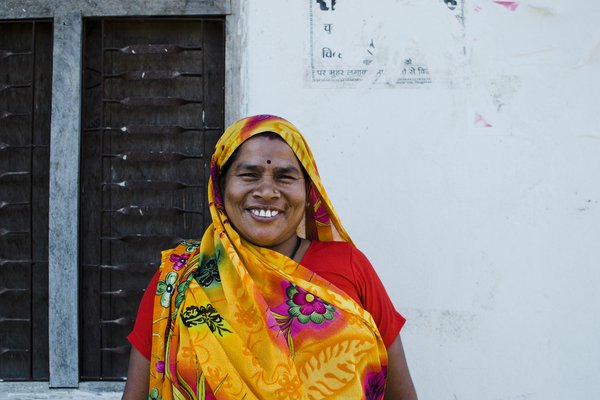
Details of TLM's work to develop a post-exposure prophylaxis that could prevent leprosy
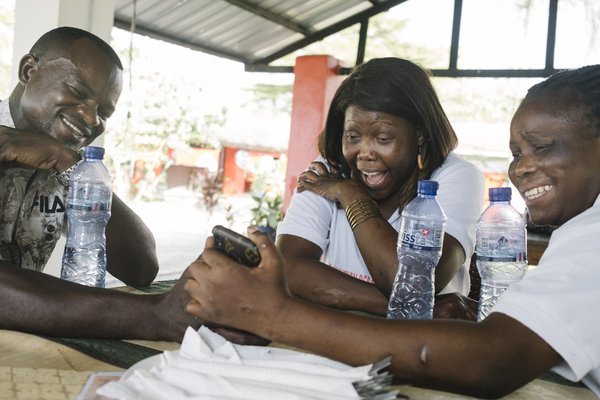
Leprosy Peoples’ Organisations must find themselves at the heart of efforts to defeat leprosy in the years to come.
There is less than a 2 percent chance that a person who has been recently diagnosed with leprosy has passed the disease on to other people in their household.
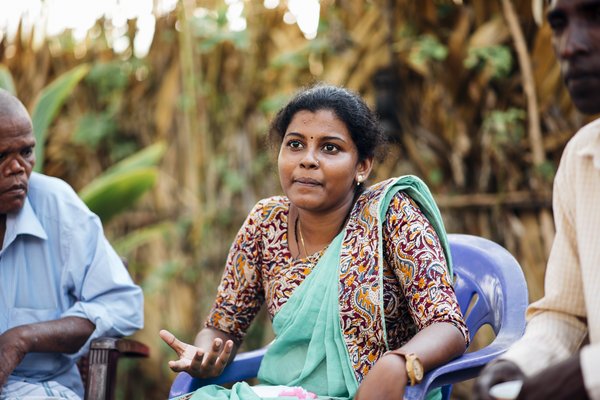
Within the leprosy sector, governments are a crucial and necessary partner on our journey to a world without leprosy. But what is expected from governments?
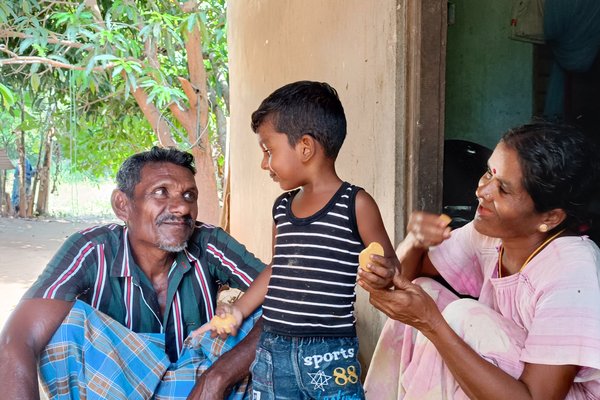
Leprosy is not hereditary, meaning it is not passed down through the genes from a parent to a child.
Leprosy is caused by a germ
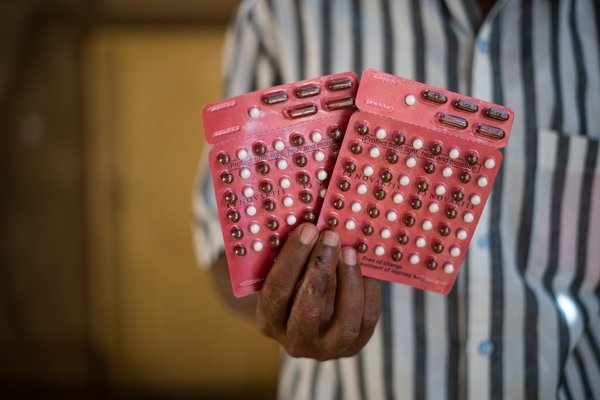
Leprosy is entirely curable if a person starts treatment as soon as they notice symptoms and if they follow the treatment plan that is given to them by a health worker.
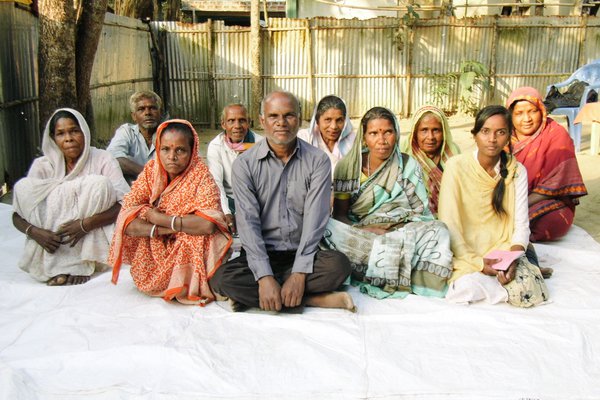
A look at the AEP Project in Bangladesh, which is improving awareness of leprosy through the government, the media, and self-help groups across the country.
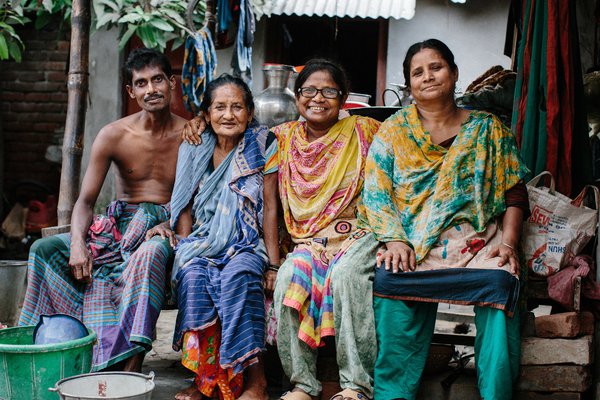
A look at research in Bangladesh that aims to establish the efficacy of a shorter course of MDT Treatment.

Here are some of the more unusual things about the transmission of the disease.
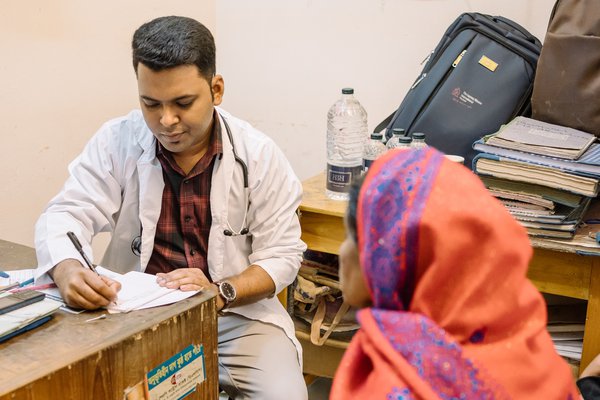
Understanding the transmission of leprosy will help us to combat transmission of the disease, as well as other problems associated with leprosy.
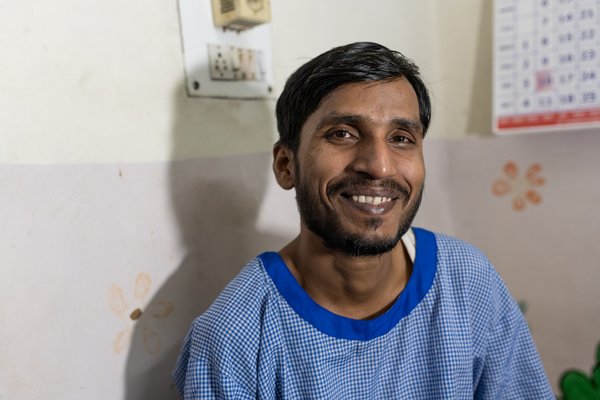
How does a broader medical focus help us to achieve our goal of zero leprosy? Dr Rajeev Nathan, Medical Superintendent of TLM Community Hospital, New Delhi, explains more.
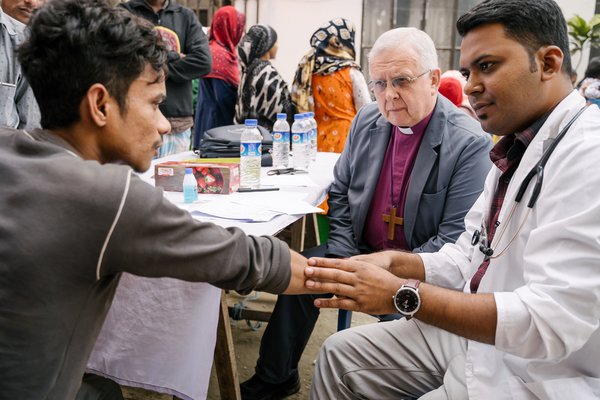
Our researchers in Bangladesh are working on a new field-friendly diagnostic tool that could dramatically reduce transmission of the disease within communities and prevent leprosy-related disabilities.
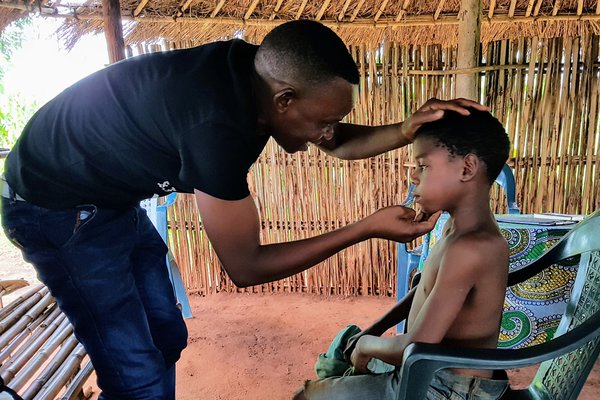
This new project will improve leprosy knowledge and skills in areas of high transmission, increase early detection of the disease, and ensure that local communities have the skills and confidence to solve their ongoing health and environmental challenges in a way that is relevant to their own local context.

In this article, we aim to equip you with all the information you need if you are worried about leprosy in Florida or elsewhere.